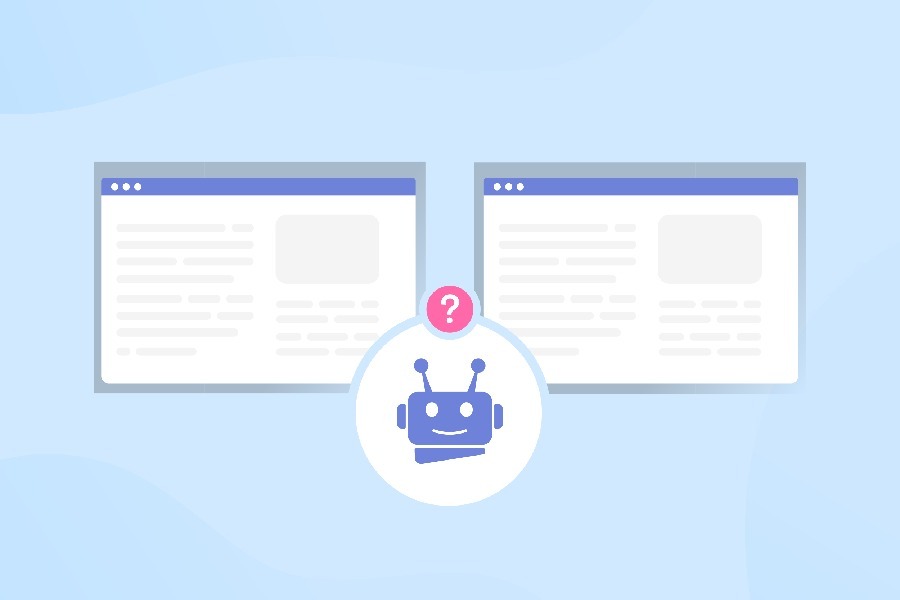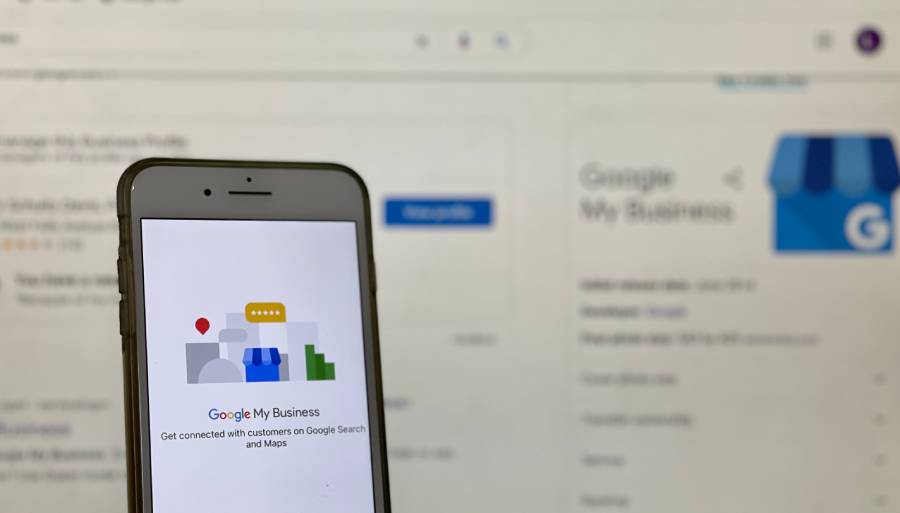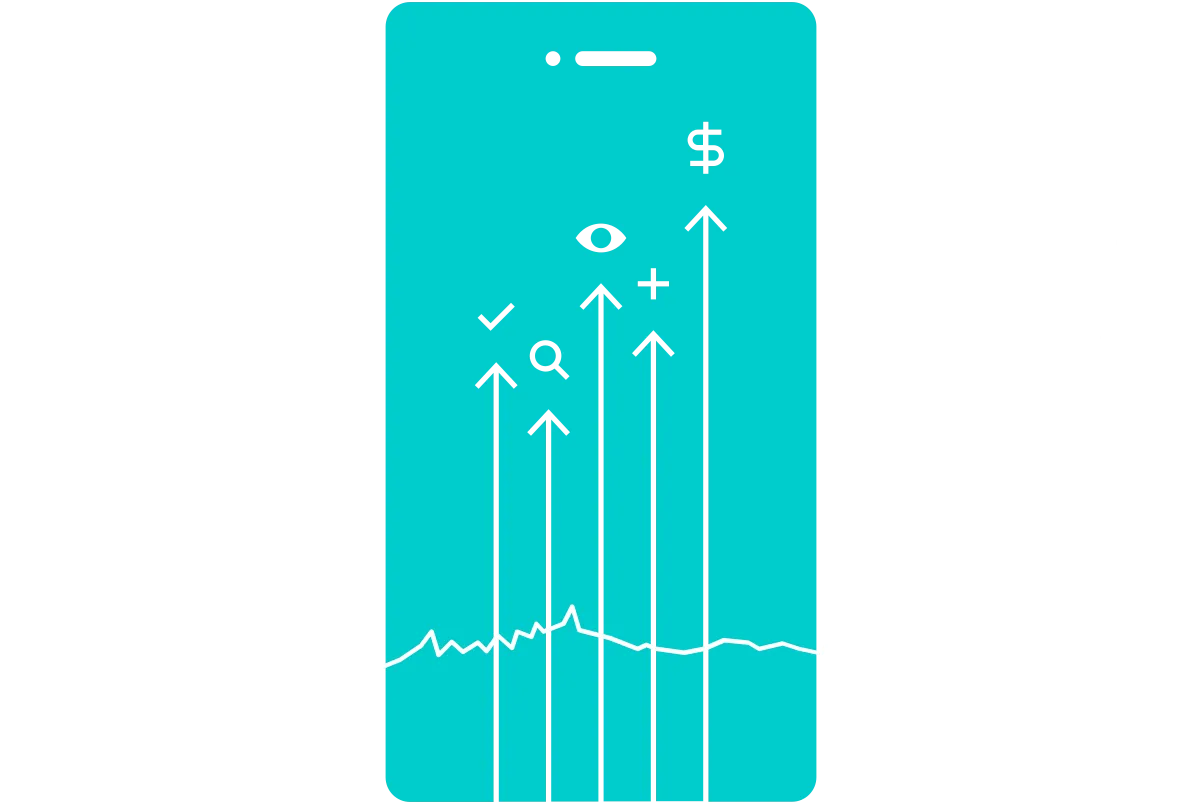Search engine optimization (SEO) remains crucial for online success in digital marketing. As website owners and content creators strive to climb the search engine rankings, they must navigate many challenges, like duplicate content. But what is duplicate content in SEO? How does it impact your search engine ranking?
In this article, we’ll delve into the intricacies of duplicate content in SEO, exploring its various forms, implications, and strategies for mitigation. We will also explore how to address it effectively to maximize your website’s visibility.
What Is Duplicate Content in SEO?
Duplicate content refers to identical or similar text appearing on multiple web pages. This can occur either within the same website (internal) or across different websites (external).
It can confuse search engines, making it difficult to determine the most relevant version, potentially resulting in lower search rankings or penalties. Duplicate content can negatively impact search engine optimization (SEO) by diluting the visibility of the original content.
Is Duplicate Content Bad for SEO?
The presence of duplicate content can harm a website’s search engine optimization (SEO) efforts. Search engines like Google prioritize unique, high-quality content and may penalize sites with excessive duplicate content by lowering search rankings.
Duplicate content can also lead to a poor user experience. Users dislike seeing the same information repeatedly, resulting in high bounce rates and potential reputational damage to the website.

Indexing and keyword cannibalization concerns
Duplicate content can also cause indexing problems for search engines. If search engines index the wrong version of the content, the original source may not get properly indexed, leading to visibility and traffic issues.
Furthermore, duplicate content can contribute to keyword cannibalization. This occurs when multiple pages on a website target the same keywords, diluting each page’s keyword relevance. As a result, it becomes harder for search engines to determine the most relevant page for a given query.
Website management challenges
From a website management perspective, duplicate content can complicate the process of tracking and updating content across multiple pages. This can lead to inconsistencies or outdated information being displayed, further diminishing the user experience and potentially damaging the website’s credibility.
Search engine inefficiencies and link equity dilution
Duplicate content can cause inefficiencies in search engine indexing, as resources may be wasted indexing duplicate pages instead of focusing on unique and valuable content. It can also dilute link equity.
Backlinks get split across multiple pages instead of consolidating their value to the original content source. So, duplicate content can negatively impact search rankings, user experience, website management, and search engine indexing efficiency.
Addressing and minimizing duplicate content is crucial for maintaining a strong online presence. It maximizes a website’s visibility and discoverability.
Types of Duplicate Content
Duplicate content can be categorized into two main types: internal and external duplicate content. Understanding the differences between these types can help you effectively address duplicate content and mitigate its impact on a website’s search engine optimization (SEO) efforts.
Internal duplicate content
Internal duplicate content refers to instances where identical or substantially similar content appears on multiple pages within the same website. This can occur for various reasons, including content syndication, improper website structure, or the use of similar templates for different sections of the website.
Examples of internal duplicate content include having the same product descriptions on multiple product pages. It also includes publishing the same blog post or article on different category pages.
External duplicate content
External duplicate content describes circumstances in which identical or nearly identical content appears on several websites. This type of duplicate content can arise from content scraping.
It can also result from syndicating content from other sources without proper attribution or inadvertently duplicating content from external sources. An example of external duplicate content is when someone copies a blog article and publishes it without permission on another website.
Moreover, product descriptions or informational articles may be duplicated across multiple sites. Plus, websites using the same content management system templates can lead to identical content appearing on different domains.
Causes of Duplicate Content
Duplicate content can arise from various sources, including technical issues and content practices such as scraping and syndication. Thoroughly understanding the underlying issues can efficiently address and mitigate the impact of duplicate content on a website’s search engine optimization (SEO) efforts.
Technical issues
Technical issues related to website structure and configuration commonly cause duplicate content. One major culprit is URL variations.
These include different URL structures, such as www.example.com and example.com. URLs with trailing slashes (example.com/page/ and example.com/page) can also be treated as separate pages, leading to duplication.
Additionally, URLs with different parameters or session IDs can create duplicate content issues. Uppercase/lowercase variations and print-friendly or mobile versions of pages can also cause duplicate content problems.
Other technical issues that can contribute to duplicate content include the use of relative links instead of absolute links. Improper redirects or canonical tags and content management systems inadvertently creating duplicate versions of pages can also be problematic.
Content scraping and syndication
Content scraping and syndication practices are another significant source of duplicate content. Content scraping involves automated bots that copy content from websites and republish it on other platforms or websites, often without permission.
This can make it challenging for search engines to identify the original content source, leading to potential ranking and visibility issues for the original content creators. While potentially legitimate, content syndication may also contribute to duplicate content issues if not implemented correctly.
Syndication allows websites to republish content from other sources. Without proper attribution and canonical tags, search engines may treat this syndicated content as duplicate, which may lead to penalties or devaluation of the original content.
Consequences of Duplicate Content
The consequences of duplicate content can be serious for a website’s search engine optimization (SEO) efforts. Search engines like Google aim to provide users with unique and high-quality content, and websites with significant amounts of duplicate content may face penalties.
These can range from filtering out duplicate pages from search results to manual penalties or algorithm demotions. Duplicate content can also lead to lower search engine rankings, resulting in a loss of organic traffic and visibility.
In addition, it can cause keyword cannibalization and link equity dilution. This happens when inbound links are split across duplicate pages, reducing their individual value.
Preventing and Fixing Duplicate Content
Preventing and fixing duplicate content involves creating unique content and using technical solutions. You should focus on producing high-quality content that offers fresh perspectives and value. This approach helps avoid duplication issues.
You can use canonical tags to manage duplicate content by specifying which page version search engines should index. Implementing 301 redirects can help consolidate content, transfer authority, and increase link equity. They allow you to permanently redirect duplicate or outdated pages to the correct version.
By consistently producing unique content, you can effectively prevent the negative impacts of duplicate content on your SEO efforts. Technical solutions like canonical tags and 301 redirects help mitigate these issues further.
How Much Duplicate Content Is Acceptable?
Excessive duplication can negatively impact your search engine rankings. Search engines like Google use algorithms to filter out duplicate content, prioritizing the original or most relevant version. It’s generally recommended to keep duplicate content below 25-30% of your total content.
However, the tolerance for duplicate content varies based on factors like website authority, content type, and user experience. High-authority and established websites might have more leeway, while low-quality sites with excessive duplication face stricter penalties.
Informational content may have stricter duplication requirements than product descriptions or legal disclaimers. Ultimately, search engines prioritize user experience. So, duplication that improves user experience may be more acceptable than duplication that confuses or frustrates users.

Conclusion
To sum up, what is duplicate content in SEO? Duplicate content poses significant challenges in SEO, impacting search engine rankings and user experience.
It refers to identical or similar content across multiple web pages, whether within the same site (internal) or across different sites (external). This duplication can confuse search engines, potentially leading to penalties and reduced visibility for the original content.
By understanding its types, causes, and consequences, website owners can implement strategies like canonical tags and content consolidation to mitigate these issues. Ultimately, prioritizing unique, high-quality content remains key to maintaining strong SEO performance and maximizing online visibility.





